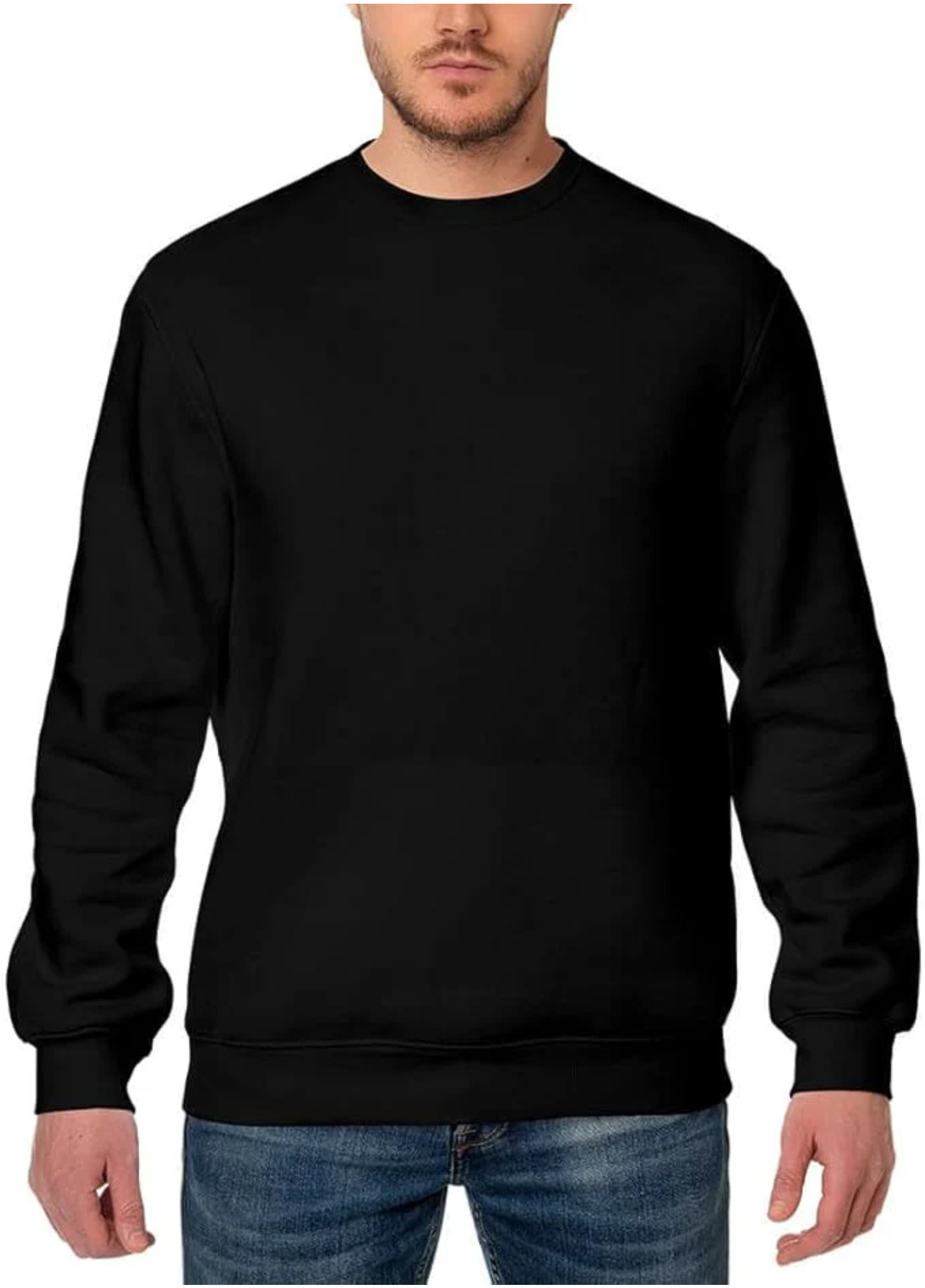Receiving an invitation with a "black tie" dress code can trigger both excitement and mild panic. Whether it's a charity gala, wedding, or awards ceremony, understanding black tie attire ensures you look distinguished and appropriate. This guide covers everything you need to know, from traditional rules to modern interpretations.
Why Black Tie Matters
Black tie events represent the pinnacle of formal gatherings. Unlike casual or business attire, black tie has historical roots that convey respect for the occasion.
The tradition dates back to the 19th century when British gentlemen adopted the tailless dinner jacket as a more comfortable alternative to tails. Today, black tie signifies elegance, refinement, and attention to detail.
Adhering to this dress code shows respect for the host and contributes to the event's ambiance.
What Black Tie Actually Means
For Men:
- The Dinner Jacket (Tuxedo): Traditionally black or midnight blue wool, with modern variations including velvet or subtle patterns.
- Trousers: Matching the jacket, featuring a single satin stripe down the outer seam.
- Formal Shirt: Crisp white with a marcella bib front and French cuffs; wing or turn-down collars are both acceptable.
- Bow Ties for Men: Preferably self-tied, in black silk.
- Men's Slim Ties: Not traditionally black tie, but sometimes accepted if black silk and well-knotted.
- Waistcoat or Cummerbund: Worn to cover the waistband, adding refinement.
- Footwear: Patent leather oxfords or opera pumps; polished black oxfords are also acceptable.
- Accessories: Minimal jewelry; white pocket square; cufflinks and dress studs.
For Women:
Women traditionally wear floor-length gowns. Modern interpretations include cocktail dresses or elegant trouser suits.
How to Perfect Your Black Tie Look
Selecting the Right Fit
- Jacket sleeves should reveal about 1.5 cm of shirt cuff.
- Trousers should break once at the shoe.
- Jacket should close comfortably without pulling.
- Shoulders should fit smoothly.
For first-time wearers, renting from a reputable outfitter is an option. Regular attendees should invest in a custom-fitted dinner suit.
Navigating Bow Tie Territory
- Choose one proportionate to your face and collar.
- Learn to tie it properly.
- Ensure it's made from the same material as your lapel facings.
For those opting for a men's slim tie:
- Choose black silk with minimal texture.
- Ensure it is no wider than 7 cm.
- Tie a symmetrical knot.
Modern Elements While Respecting Tradition
- Midnight blue as an alternative to black.
- Subtle texture in jackets (herringbone or jacquard).
- Velvet dinner jackets for winter events.
- Skinny tie options for creative black tie events.
However, traditional black tie is safest for important occasions.
Common Black Tie Mistakes to Avoid
- Wearing a business suit instead of a dinner suit.
- Choosing a pre-tied bow tie.
- Sporting bright or novelty accessories.
- Neglecting proper shirt studs and cufflinks.
- Wearing visible socks (black silk over-the-calf socks are essential).
- Choosing incorrect footwear (no brogues or casual shoes).
Final Considerations
Black tie is about refined understatement rather than flashy individualism. Mastering it requires attention to detail, fit, and tradition.
When dressed properly, you'll exude confidence and elegance, ensuring you are appropriately attired for any formal event.





